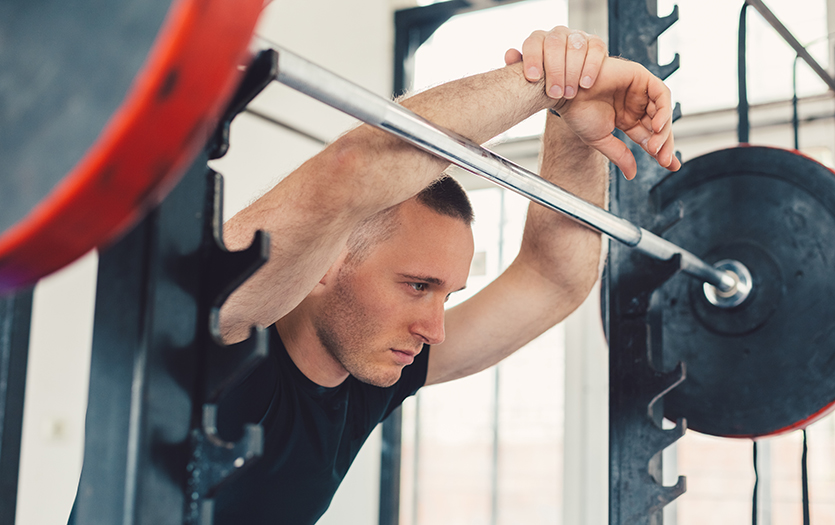.jpg)
This post was written by Ariel Dubbels, ATC, certified athletic trainer, Parkview Sports Medicine.
The Centers for Disease Control and Prevention (CDC) reported that, in 2020, the percentage of children aged 17 years and under who had ever had a diagnosis of a concussion or brain injury by a healthcare provider was 3.9%. Additional data published in the National Library of Medicine, stated that the overall incidence of concussion among youth athletes was 1,250 (12.1%). The relative risk for a concussion was almost two times greater in 18-year-olds than in 13-year-old athletes.
Recognizing the risk for young players, concussion collars have grown in popularity as one protective measure for keeping these athletes safe.
What is a concussion collar?
The Food and Drug Administration (FDA) authorized marketing for this non-invasive device, the Q-Collar, in 2021. It is a C-shaped collar that applies compressive force around the neck (internal jugular veins), increasing blood volume in the blood vessels in the skull to reduce brain movement within the cranial space.
Why is this effective?
When a person experiences a blunt trauma accident, the brain moves uncontrolled in the skull, known as “sloshing.” The collar aims to create a tighter brain fit inside the skull to reduce the sloshing movement. By reducing the brain's movement within the cranial space, the Q-Collar may help protect the brain from the effects of head impacts.
Does the concussion collar alone protect athletes?
The Q-Collar does not replace other protective equipment and should be worn with sport-specific required gear, such as helmets and shoulder pads.
This device cannot prevent a concussion or serious head injury, but it can help protect the brain from “sloshing” around when worn with other protective sports equipment. Wearers of the Q-Collar should not depend on it to protect them from all harmful effects of head impacts.
Is a concussion collar safe for everyone?
Many medical conditions are contraindications for the Q-Collar, and individuals considering it should consult a medical professional.
How long does a concussion collar last?
The collar can be worn for a maximum of four hours at a time and should be replaced either after two years of active use or upon expiration.
If you are considering the Q-Collar for yourself or your athlete, consult a medical professional first to ensure it is the right choice.
Learn more about Parkview’s sports concussion care options here.
Reference



